What is aluminum coil grade 1350?
“1350 bobina aluminio” usually refers to 1350 aluminum alloy coil. This aluminum alloy is mainly composed of aluminum, y 1350 aluminum alloy is nearly pure aluminum, consisting of a minimum of 99.5% aluminum by weight (Wikipedia).
Aluminum coil 1350 has some specific properties and is suitable for various applications, including power transmission lines, cables, transformers and other fields.
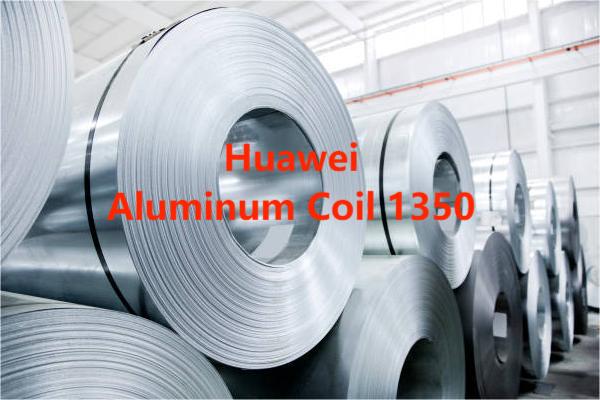
1350 aluminum alloy chemical elements and composition
| 1350 aluminum coil metal content table(%) | |||||||||
| Grade | Ya ar | Hää | Nt'eme | Cu | Mn | Cr | Mg | Zn | Ni |
| 1350 | 99.5 | 0.1 | 0.4 | 0.05 | 0.05 | 0.01 | / | 0.05 | / |
Equivalent name of 1350 bobina aluminio
Aluminum Alloy 1350A
EC1350
Aluminum Alloy 1350A
Aluminum 1350-H19
UNS A91350
1350 aluminum coil type
1350 aluminum alloy coils can be processed in different ways, and various types of aluminum coils can be obtained.
| Aluminum Coil Type | Producto |
| 1350 color coated aluminum coil | 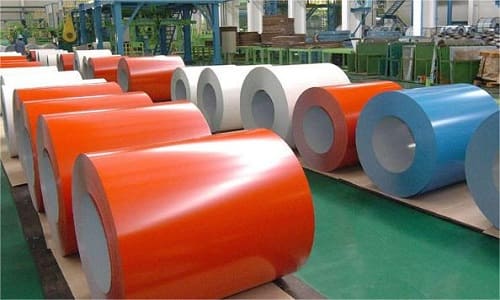 |
| 1350 embossed aluminum coil | 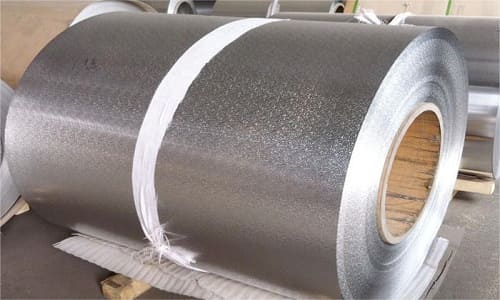 |
| 1350 anodized aluminum coil | 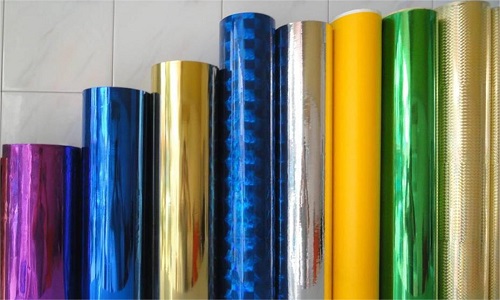 |
| 1350 channel letter aluminum coil |  |
| 1350 trim aluminum coil | 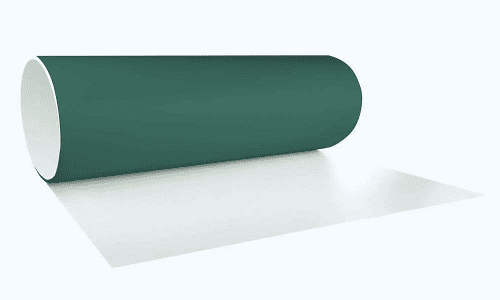 |
Aluminum coil 1350 manufacturing process
The process of manufacturing 1350 aluminum coil involves steps such as smelting, rolling and processing of aluminum. Basic steps include:
Aluminum smelting: Extraction of aluminum metal from raw aluminum, usually by electrolysis of bauxite or alumina.
Melting and Casting: Extracted aluminum metal is smelted into alloys and cast into slabs for subsequent rolling.
Rodante: The cast slab is fed into a rolling mill where it is progressively flattened by a rolling process to form the desired coil thickness and width.
Processing and Handling: Rolled coils may require treatments such as annealing to adjust the properties and formability of the material.
1350 aluminium coil mechanical properties
| Atemperar | Resistencia ar tracción(Mpa) | Límite elástico(Mpa) | Alargamiento(%) | Hardness(HB) |
| 1350-O | Alrededor 45 | 15 Mpa | 30% | Soft |
| 1350-H12 | 60 | 45 | 15% | 22 |
| 1350-H14 | 75 | 60 | 12% | 27 |
| 1350-H16 | 85 | 75 | 8% | 32 |
| 1350-H18 | 95 | 85 | 5% | 36 |
What is the use of 1350 bobina aluminio?
1350 aluminum alloy is a high-purity aluminum alloy with a minimum aluminum content of 99.5%. Due to its excellent electrical conductivity, it is often used in electrical applications. 1350 aluminum coil is a common form of aluminum and is widely used in a variety of applications in the electrical industry. Some common uses for 1350 aluminum coil include:
1350 aluminum coil for electrical conductors: One of the main uses of 1350 aluminum coil is in the manufacture of electrical conductors such as wires and cables. The high electrical conductivity of Aluminum coil 1350 makes it suitable for transmitting electricity.

aluminum coil for electrical conductors
1350 aluminum coil for transformers: The coil form of aluminum 1350 can be used for the windings of transformers.
What is the difference between aluminum coil 1050 y 1350?
| Bobina aluminio 1050 VS Aluminum Coil 1350 | ||
| Item/Alloy | 1050 bobina aluminio | 1350 bobina aluminio |
| Composición | Aluminum Content: 99.5% Ma 'ra ya xe̲ni: Generally, it has small amounts of other elements, including iron (Nt'eme) ne silicio (Hää). |
Aluminum Content: 99.5% minimum Ma 'ra ya xe̲ni: This alloy is highly pure, and it is often specified to have low levels of other elements. |
| Conductivity | 1050 y 1350 One of the main properties of aluminum is its high electrical conductivity, used in designs where conductivity is critical. | |
| Ndu nzafi | In terms of strength, both 1050 aluminio ne 1350 are relatively low, cannot be heat treated, and are usually used in applications where strength is not the main requirement. | |
| Conformabilidad | Aluminum coils 1350 y 1050 are pure aluminum alloys with good formability and are suitable for various applications. | |
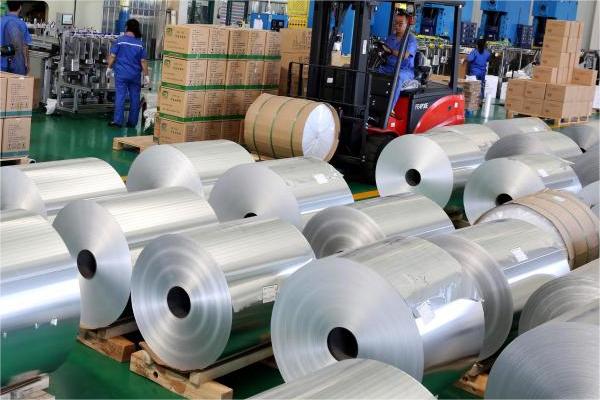

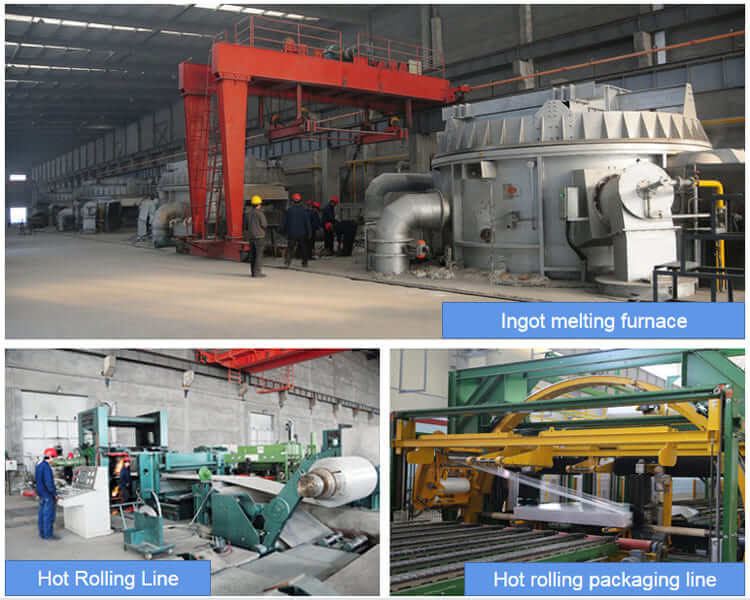

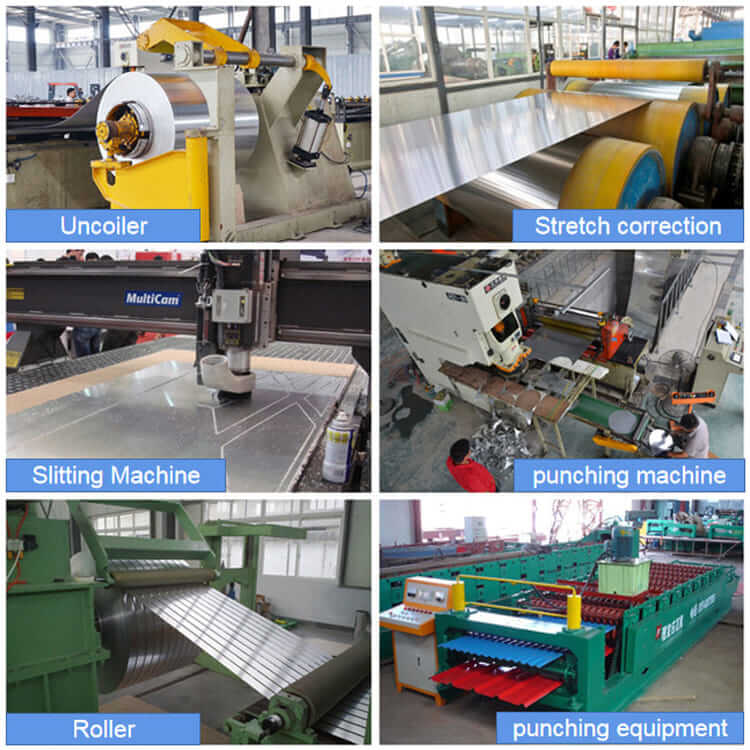

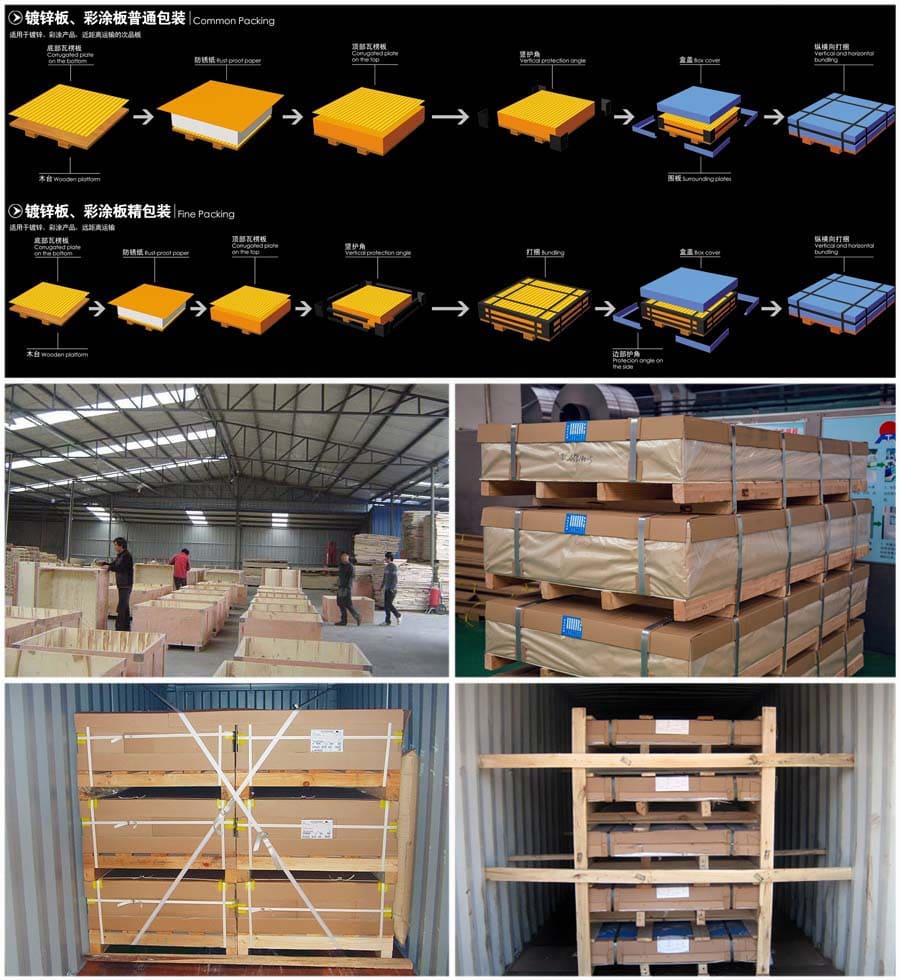



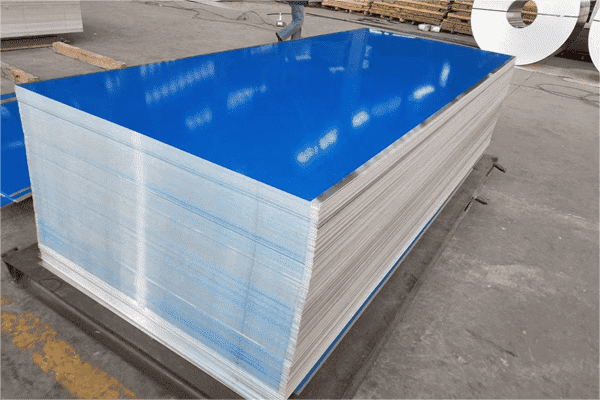
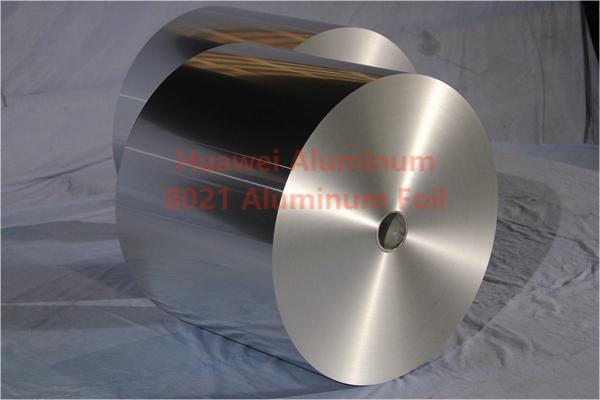




Contesta